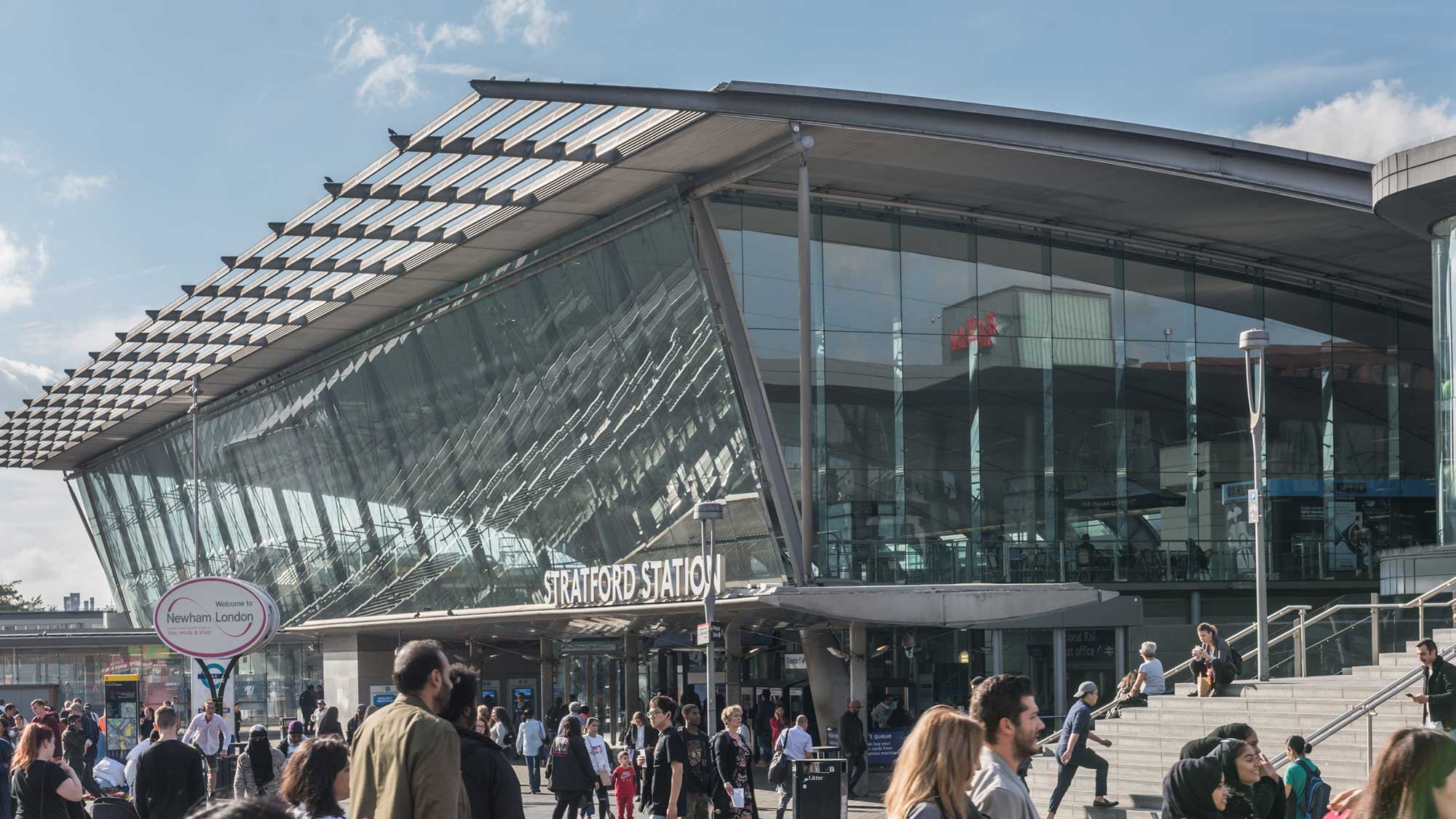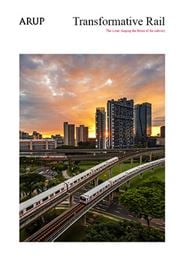Designing a station upgrade project sometimes requires unexpected skills. When seeking as built information from the infrastructure owners, designers must often turn into detectives. First is the ‘crime scene’ inspection, evidence gathering and… interrogations. There are numerous witnesses, conflicting statements and even experiments.
This sounds as though it could be fun, but it is not, neither for the design team, nor the infrastructure owners, who are confronted with the fact that the assets are being operated ‘blind’. Such ‘black box’ situations are currently handled by requesting contractors for each project to obtain accurate site information – as a result, multiple surveys are carried out creating multiple sources of truth. These surveys also represent additional costs to the infrastructure owners.
The increasing adoption of digital technologies calls for a change of mindset towards collaboration and openness.
Tools such as 3D LiDAR scanning and building information modelling facilitate the creation of a common platform for system operators and maintainers to input asset information and workflows, creating an integrated source of truth. Data for the digital models can be input in real time automatically via integration between systems and an internet of sensors. Careful curation of the digital models, such as ensuring data quality and privacy via blockchain, enables their reuse in the next engineering project.
With machine learning, different system failure scenarios can be predicted and mitigated. Infrastructure owners and operators must also view assets as interoperable eco-systems; this systems-thinking will enable the stakeholders to truly evaluate the impact of implementing digital solutions on the assets, processes and performance.
There is even more that can be achieved; if the integration is industry-wide, information from different locations can be gathered to improve decision-making and inform best practice.
Everyone has a role to play in championing collaboration across the rail industry, and in shaping the cultural shift of embracing digital technologies and transparency. Individual priorities will be very different. From optimising asset value via analysing network-wide condition data, to protecting digital and physical assets, through standardising procedures and incentivising innovation. However, the vision that inspires all of us in this industry may well be the same: providing an enjoyable and safe journey for everyone, every time.
-
Project
ORBIS
Working with Network Rail we are participating in a major change programme, Offering Rail Better Information Services (ORBIS) to revolutionise the way information is captured, stored, managed and exploited across the network.
-
Expertise
Rail
From a single commuter journey to a country’s wider economy, rail can transform lives, businesses and communities. Arup has over 60 years’ experience delivering rail projects for clients in the public and private sectors, across the world.
-
Expertise
Assets and operations
Assets and operations must work hand-in-hand. That’s why taking a new approach to your business’ assets can improve your wider operations: from the level of service offered to financial performance achieved, from regulatory compliance to your overall position in the marketplace.
 ;
;

